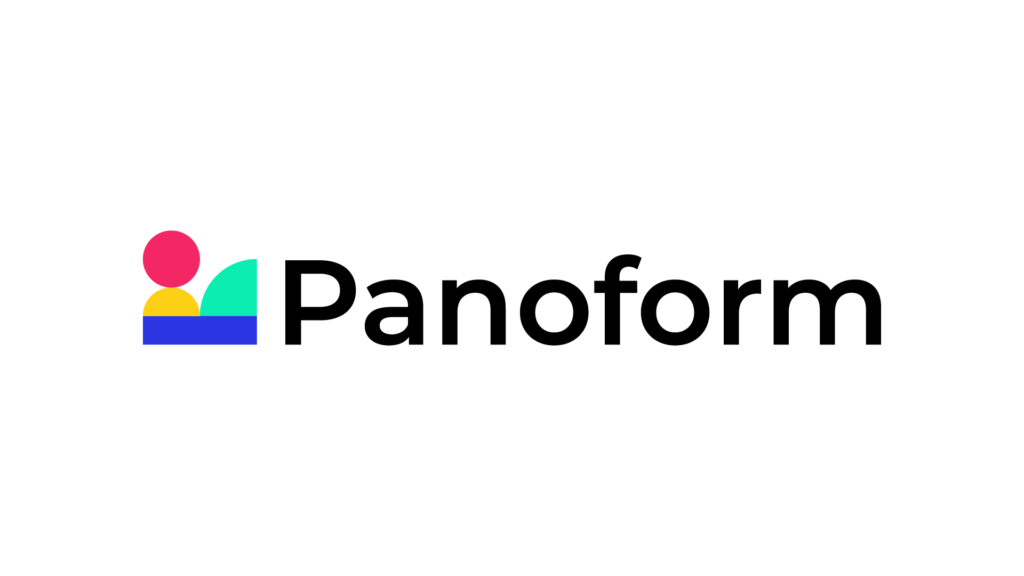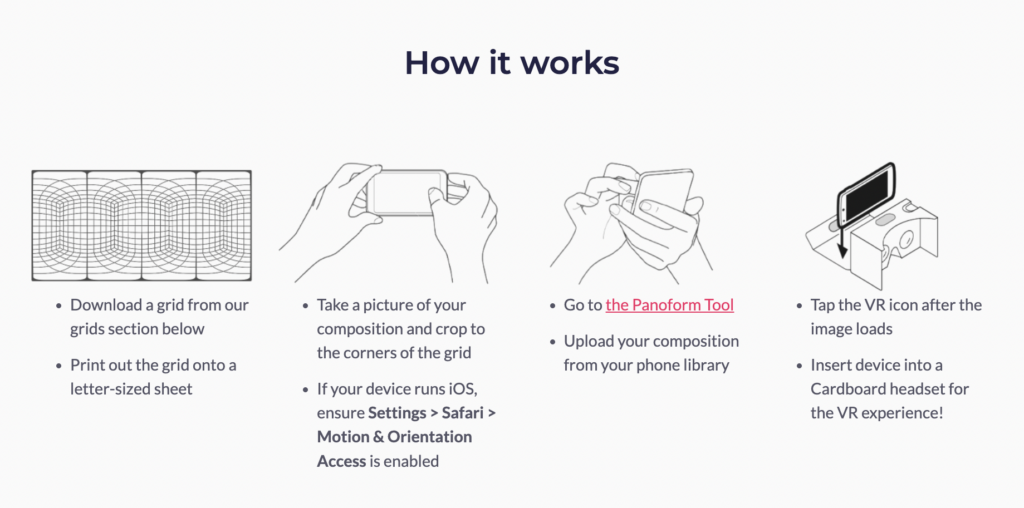Panoform VR is an online design tool that students can use to create virtual reality content. Designed to do more than simply immerse them in virtual reality, Panoform VR allows students to become creators and own how they design and view new-age media. Though it may seem complex and highly technical, it's actually very accessible—even for beginners. The Panoform team designed this platform to make it easy for just about anybody to try being a VR creator. So, in this week's Rising Resources post, we're exploring Panoform VR and what makes it a valuable classroom addition.
To use Panoform VR, students need some paper, the grids, drawing utensils, and a device with the Panoform VR software. The Panoform platform itself is browser-based and compatible with pretty much all mobile phones. Whether students use it on a desktop or smartphone (it's typically best with a smartphone and a Google Cardboard viewer), the platform should work well. Their team designed it so that it's as easy as possible for students to learn with and recent updates have made it even better. Plus, once they create a new design, students can store it right on their device. This eliminates student content being stored on the Panoform servers and ensures no one else can see it.
Viewing images and downloading Panoform grids.
Students can use Panoform VR with a Google Cardboard headset if they have one. Most phones slot right in to the opening with the cardboard VR viewer, allowing students to access virtual reality views. Basically, students can draw pictures or designs on paper and then take photos of those designs with their phone's camera. Then, once they launch Panoform VR, they can select a grid and upload the image they want to use. Once uploaded to the Panoform platform, students can access all-new angles to viewing their artwork and explore the immersive side of VR in the process.

The other important piece of the Panoform VR platform is the grids. Students can download these grids from the Panoform website, print them out, and sketch their drawings on them. There are three different Panoform grids to choose from—the Basic Grid, Infinite Grid, and Horizon Grid. First, when using the Basic Grid with their VR viewer, students will feel like they're inside a small room. As such, their drawings will appear on the walls, floor, and ceiling. With the Infinite Grid, it will appear that their drawings are going on forever. And with the Horizon Grid, drawings will also appear to go on forever but with no sky.
Drawing pictures to view with the Panoform VR platform.
Once they choose a grid to download, they can simply print it and begin drawing—just like on paper. Since each of the grids is unique, students can gain different benefits depending on which one they choose to use. When students see examples of the grids displayed on the Panoform website, all of the lines are dark. When they download and print them, however, they'll notice that the lines are much lighter. This, of course, helps make it easier for them to draw their designs. Also, most of the time, students should use a pencil for their sketches, so they're easier to view in VR.
The grids are each rectangular in shape, which allows for students to easily fit them into the VR viewer. Once they draw their design on a printed grid, students can take a picture of it using their device's camera. There will be prompts to help them crop the corners of their image for the best view as well. Also, due to the most recent iOS update, students will likely need to enable Motion and Orientation access on their device—a crucial piece of using the Panoform VR platform to view images in virtual reality. On iOS devices, they can do this by going to Settings, then to Safari, then down to Motion & Orientation Access. They can simply toggle this option on to enable the motion and orientation feature.
Uploading images and viewing them in VR.
Once you're sure this feature is enabled, students can go to the Panoform platform from their browser. Since they would have enabled this access for Safari, they can stick with this browser rather than trying another one. Once they're in the Panoform VR platform, they can click to upload their composition from their device's photo library. Then, once the image loads, they can tap the VR headset icon in the bottom right of the screen. This puts their device into VR mode and allows students to view their drawings in virtual reality. Then, the last step is placing their phone into the viewer and they're ready for a VR experience.

With its recent updates, the Panoform VR platform is now much more powerful, too. The Panoform team redesigned the platform to boost performance and provide users with progressive features. The environment now loads much more quickly on almost all devices and even has offline accessibility (as long as the device students are using supports this). Once educators ensure all the technical set-up is in place, however, students can truly create and express themselves in entirely new ways. In fact, since drawing and coloring are so closely related to play, a lot of this creativity comes naturally to them once they get going.
What students can learn with Panoform VR.
In using Panoform VR, students will actually engage in computational thinking, design thinking, and systems thinking, making it a very relevant and valuable tool in 21st century learning. It helps students learn the value and importance of making prototypes and then refining their original ideas for greater clarity. From visual reasoning to spatial translation, students get the full experience when it comes to creating a contemporary spin on art. Plus, by hand-drawing what will eventually become VR resources, students can bring to life even their most far-fetched ideas and truly see what it's like to incorporate their uniqueness and creativity in classroom expression.
To get started with using Panoform VR in the classroom, teachers should just be sure every student has a device and, ideally, a cardboard VR viewer. Educators can also print out and provide the grids to students ahead of time so they can get started more quickly. We encourage you to check out the Panoform VR website to learn more about the platform and prepare for introducing students to it. After you've done that, check out some of our classroom VR offerings in the Virtual Reality section of our store. And, as always, please reach out to us with any questions and follow us on Twitter and Instagram for more.



